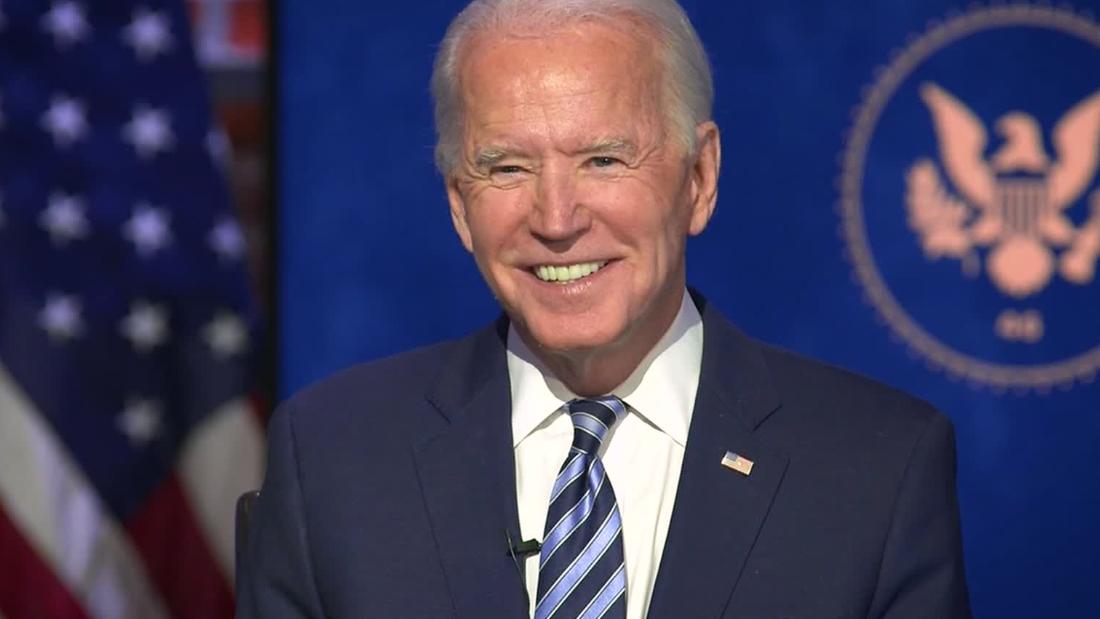
"The health and safety of our guests is a top priority. This includes the implementation of a layered approach in terms of health and safety measures," the committee said.
"We will be setting an example with this inauguration. It is going to be, I may call it, hybrid. He will take the oath in the traditional way, but all of the inaugural festivities are going to be 80 percent virtual," said House Majority Whip Jim Clyburn, who chairs President-elect Joe Biden's Presidential Inaugural Committee, during an appearance on MSNBC's "Morning Joe" this week.
And change is OK, especially during a national crisis. There is nothing sacrosanct about most of the ceremonies on this important day, and inaugurations have looked different throughout history.
Presidents have taken their oaths in different locations over the years, from the East Portico to the Senate chamber.
Due to the snow and freezing weather in 1985, President Ronald Reagan kicked off his second term by taking the oath of office in the entrance hall of the White House and later delivered his inaugural address before a small crowd in the Capitol Hill Rotunda. Reagan also canceled the inaugural parade, fearing that spectators would get frostbite.
"The health and safety of those attending and working at these outdoor events must come before any celebrations," Reagan said.
Broadcasts have also evolved over time with technology. Calvin Coolidge's inauguration in 1925 was the first to be broadcast on radio while President Harry Truman's was the first to be seen on television in 1949.
One of the most dramatic moments in inaugural history took place in January 1977. President Jimmy Carter had run a campaign that promised change after the Watergate scandal. Shortly after he was sworn in, Carter told his Secret Service agents to stop the limousine during the ceremonial drive from Capitol Hill to the White House.
Wearing a suit that he purchased off the rack in Georgia, Carter, who was accompanied by his wife Rosalynn and their 9-year-old daughter Amy, shocked the crowd by joining the parade on foot. Stepping out onto the street, Carter recalled thinking about "the angry demonstrators who had habitually confronted recent Presidents and Vice Presidents, furious over the Vietnam war and later the revelations of Watergate."
With this symbolic gesture, Carter painted himself as a man of the people who would reject the traditional trappings of presidential power, and he was widely praised for striking the right tone during his inauguration. As he strolled to the executive mansion with Amy skipping and dancing alongside her parents, the crowd went wild. One man standing by the barricades yelled "Jimmy! Jimmy!" and Carter turned to him and waved. After Carter entered into the solar-heated reviewing stand in front of the White House, he rolled up his coat and dropped it behind his chair — hardly the stuff of imperial presidents.
The committees in charge of planning Biden's inauguration should see the Covid-19 restrictions not as a problem, but an opportunity to reinvent the ceremonies. Just this summer, Democrats showed that the political conventions could be remade in a virtual age. While Republicans tried to replicate the standard convention with smaller crowds, Democrats reconsidered the entire event with an eye on the cameras.
The Democrats' roll-call vote was one particularly powerful segment — a "virtual trip around the world" that featured everyday Americans, including a middle-school teacher in Arizona and a bricklayer in Missouri.
We should see the same innovations during Biden's inauguration. In recent years, inaugural events have focused more on fundraising and creating a media spectacle. Given Trump's decision to mount a campaign against the legitimacy of the 2020 election, it is more important than ever before that a ceremony marks the peaceful transition of power and celebrates our democratic values.
But there is no need to try and replicate the standard format. Planners, using the virtual framework, can feature a greater range of voices and create events that allow average Americans to take part and speak to the historical nature and meaning of the moment. They can also include performances from all around the country featuring schoolchildren who have lived through all these months of the pandemic.
The presidential inauguration has changed throughout history. Let's welcome this moment as a chance to make the event more meaningful than ever. We can celebrate not only the new President, but also the start of a new kind of presidency — one that that is more restrained and focused on the responsibilities of governance than the pursuit of power.
"Opinion" - Google News
December 13, 2020 at 06:42AM
https://ift.tt/3qQ6KSL
The best way to hold a Covid-era inauguration - CNN
"Opinion" - Google News
https://ift.tt/2FkSo6m
Shoes Man Tutorial
Pos News Update
Meme Update
Korean Entertainment News
Japan News Update
No comments:
Post a Comment